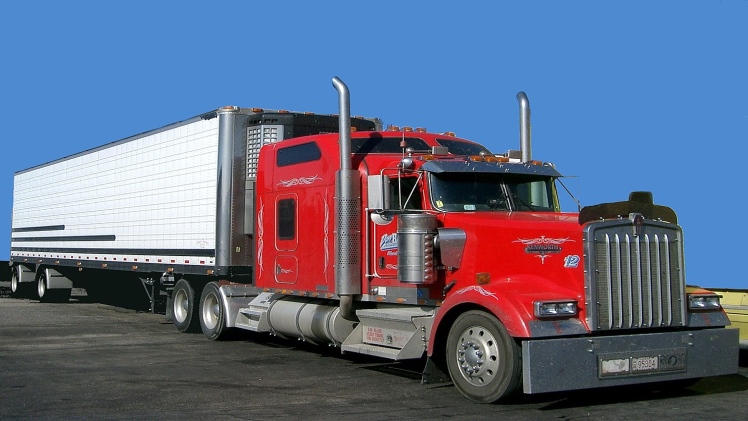The United States has a heavily regulated trucking industry. This regulation began after the ‘golden age’ of logistics moneymaking during the 1920s. By 1935, the federal government has put legislation in place to ensure that all truck drivers were qualified for their positions. There are three classes of licenses needed to drive trucks in the USA: A, B, and C. This article runs through some of the kinds of trucking that are popular, and the licenses needed to legally carry loads.
Hot Shot Trucking
Hot shot trucking is a term used to describe haulage carried behind a regular pickup truck. Hot shot truckers are usually exempt from needing Commercial Driver’s Licenses. If the load that they are carrying does not exceed 10,000 pounds, hot shot truckers only need to carry a regular class D certificate. This exemption is one of the reasons why hot shot shipping work is so popular. Although this kind of haulage does not require a CDL, it does require a Motor Carrier Authority card, in most cases. A Motor Carrier Authority card is issued by the Department of Transport to license people to carry commercial loads. Check out https://www.shiply.com/us/hot-shot-trucking for more information about hot shot rules and regulations for shipping work.
Commercial Van Driving
Many commercial van drivers do not need a special license and can complete their work legally while using a class D permit. If, however, the van carries any kind of hazardous material, or more than 16 people, a class C license is needed. Small tanker trucks require class C licenses to drive. Training for a class C Commercial Driver’s License is not much more intense than for a class D. It does, however, require additional training on hazardous materials and difficult handling situations. While your local delivery driver might not need a class C license, the person delivering propane canisters to a hardware store does.
Small Truck Driving
A class B Commercial Driver’s License is needed to drive a vehicle that is heavier than 26,000 pounds or that is capable of towing 10,000 pounds or less. Small box trucks, often used for deliveries within states, are typical of this class. Busses also fall under the class B category. Some semi-trucks are capable of being driven with a class B license, but these are only the smallest varieties. Medium-sized dump trucks, which are often used on construction sites, are typically driven under a class B license.
Big Rig Trucking
Big rig trucks are a uniquely American institution, and big rig trucking has earned a special place in American cultural heritage. To drive these massive 18-wheel beasts, a class-A license is needed. This license is needed to pull any trailer that weighs over 10,000 pounds – essential in big rig trucking. Big rig trucks can pull a huge number of different loads. Everything from livestock to prefabricated houses can be hauled behind powerful bonneted tractor units. There are close to 2 million class A certified truck drivers operating in the United States.

